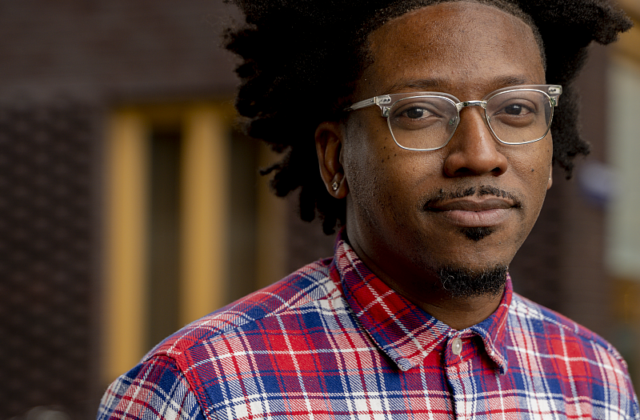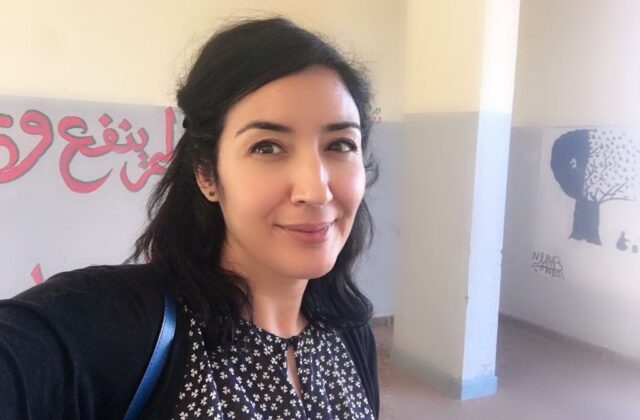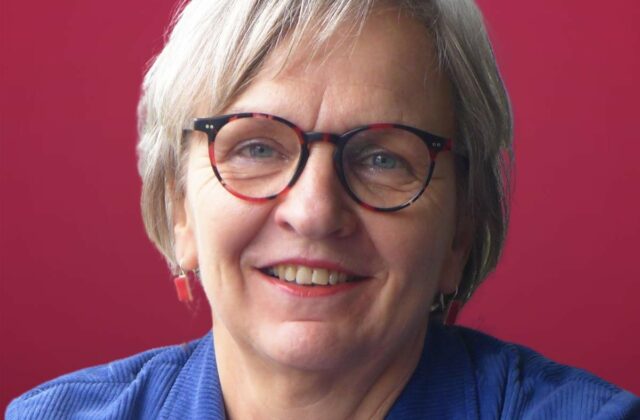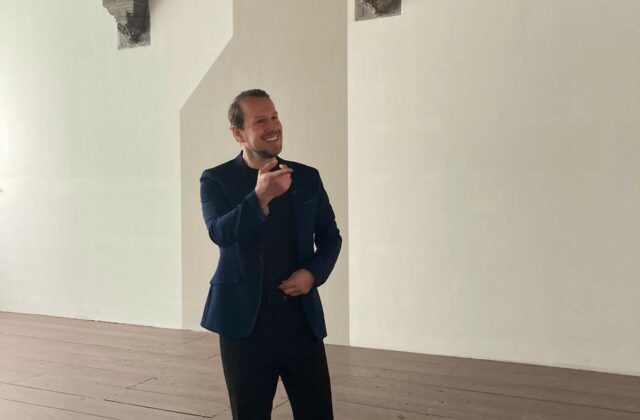Marlous Willemsen
Associate Director

Marlous is dedicated to a spirit of common purpose among crew, Fellows and partners alike. What common purpose, you might ask? NIAS! A community of curiosity, autonomy and excellence; at work in the peace and quiet of our offices in the bustling heart of Amsterdam. Embodying, sharing and advocating blue sky research as a solid way towards the unsolicited insights that often best help forward the world.
Invitation
Marlous loves to discuss and discover museums and exhibitions in Amsterdam and (far) beyond. You are welcome to drop in and talk about one, or join her for a lunchtime visit.
Biography & CV
Marlous has some 20 years of strategic management experience in the cultural and research sectors. 2009-2022 she was Director of Imagine IC, an activist archive based in the superdiverse Amsterdam Southeast area. Before that, she was Deputy Director at the International Institute for the Study of Islam in the Modern World in Leiden, and Programme Manager at the Prince Claus Fund for Culture and Development in The Hague.
She has served as an advisor to a broad range of funding agencies, NGOs, and projects, such as Mondriaan Fund, European Cultural Foundation, Netherlands Council for Culture, Maria Austria Institute, and, currently, the Tussenlanding (Stopover) project, in which former inhabitants document the history of a refugee center now closed. Like to see the impressive scale model that one of them made to survive his sleepless nights? Let Marlous know!
2016-2019 she was a senior teacher-researcher at Reinwardt Academy for Cultural Heritage, faculty of Amsterdam School of the Arts. Here she developed, together with Dr Hester Dibbits, the notion and methodology of emotion networking. The grounded research project was partly undertaken in the context of the Dutch National Research Agenda. Emotion networking is a participatory way of heritage-making and collecting.
Academic Background
Marlous holds a Master’s degree in Arabic Language and Culture from Utrecht University. She specialized in Islamic art and material culture during her studies as well as in her first job at the Rotterdam Wereldmuseum. This museum commissioned her to projects in Jerusalem, Gaza and Cairo. She greatly enjoyed executing these, and is very sad to see the Middle East in no less muddy waters than when she lived and worked there.
-

Berthon Alberto
Fellows Services Officer -

Rachida Azough
Strategy and Development Advisor -

Marike Balster
Executive Assistant -

René Biemans
Fellows Services Officer